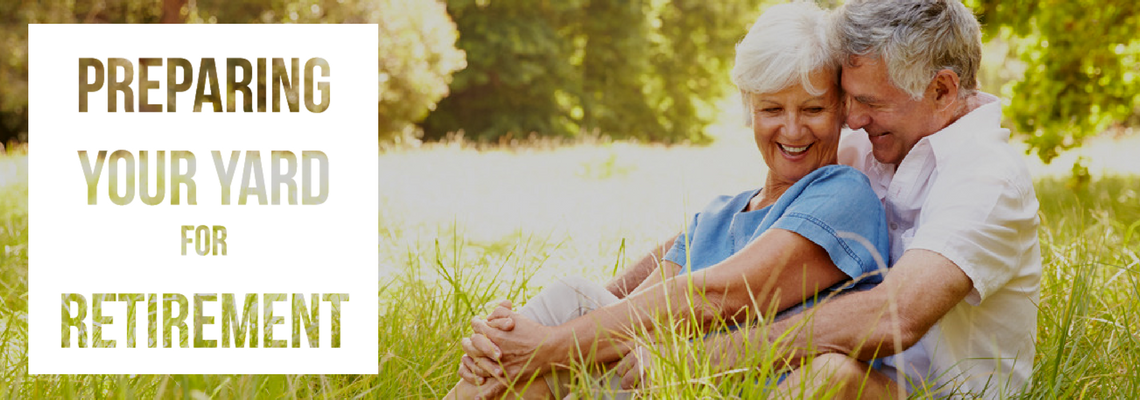
Preparing Your Yard for Retirement
-
When my spouse and I built our home in our late twenties, we imagined how it would accommodate our someday family. I wanted a large yard for kids and he wanted plenty of separation from neighbors. With those goals in mind, the third acre parcel we built our home on seemed like a fabulous idea. And it was--for that stage of life.
We’re not quite so young now. We’re feeling our middle age around our waistlines and in our joints which has us looking at our large lot through slightly different eyes all these years later. Though still years from retirement, the realization that it’s getting harder physically to do major yard projects has us considering changes we can make over time that will reduce the work, water and funds required by our current landscape. Perhaps some of these ideas will work for you as well.
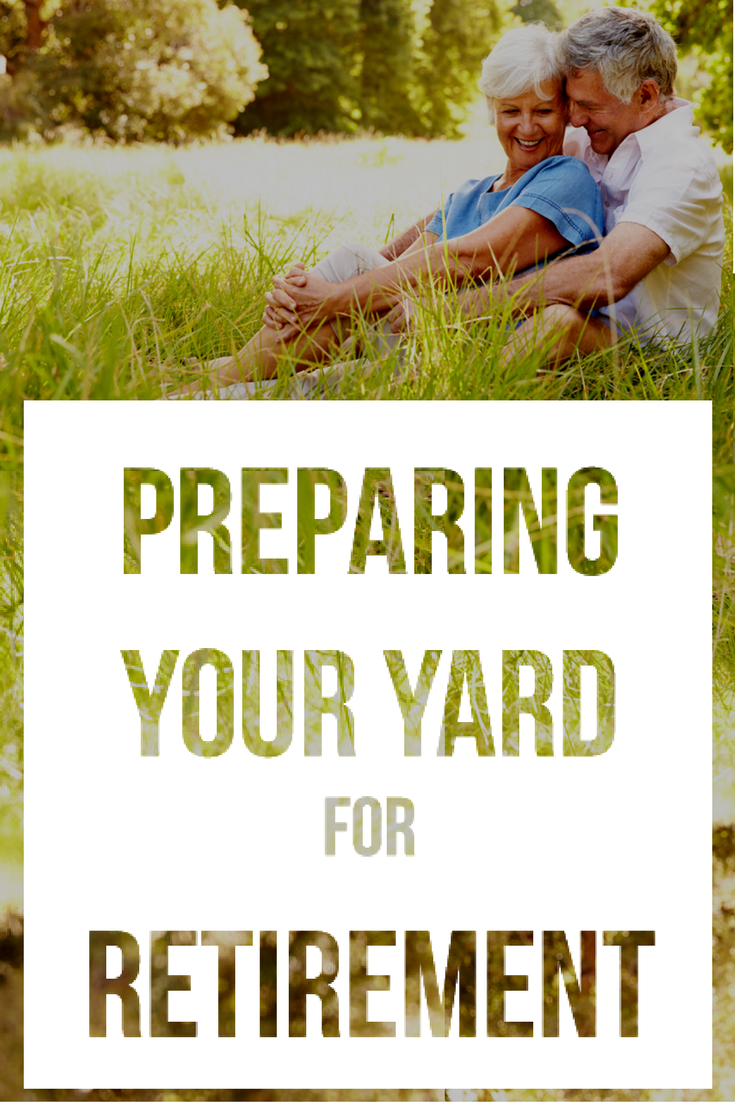
-
Simplify the Lawn
Following the Localscapes method (http://localscapes.com), we’ll be making some adjustments to our lawn. Our cul-de-sac lot makes for some awkward landscape spaces, some of which have been filled with lawn that serves no recreational purpose. The most maintenance-intensive parts of any landscape are those where lawn is used poorly and/or irrigated improperly. A central open shape of lawn facilitates more efficient irrigation but also needs less edging and has fewer places for grass to invade planting beds.
The landscape shown below in West Jordan is owned by a retired couple. Prior to retiring, they slowly prepared their yard over a several year period by taking measures to reduce either the frequency or amount of maintenance. A key element was to create a lawn that can be quickly mowed and managed. It takes just 15-20 minutes to mow AND edge. A benefit whether you'll continue to self-maintain, have family help or hire a service. -
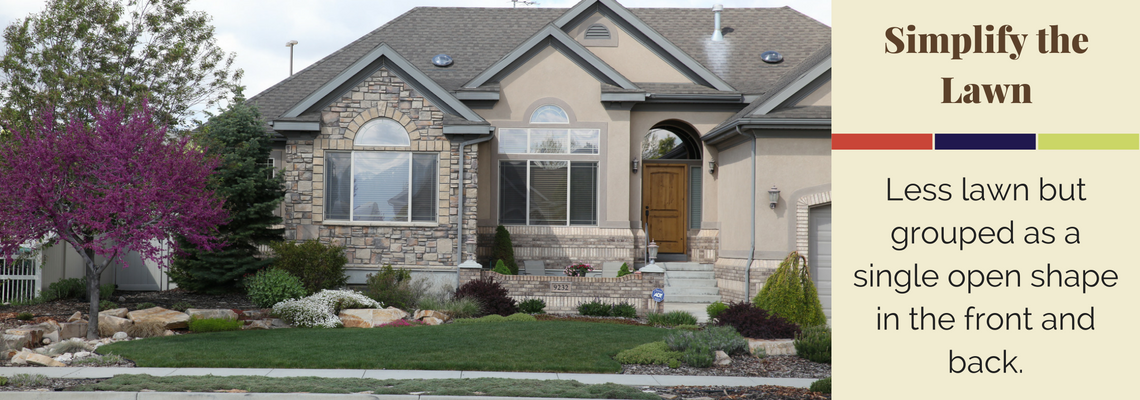
-
More Gathering Spaces
Localscapes calls for the use of Gathering Spaces in both the front and back yards. Patios, seating areas, perhaps a fire pit, outdoor kitchen or other improvements which have hard surfacing beneath are all considered “gathering spaces.” Sure, they’re a bit of work and cost to install but once they’re in, they need almost no maintenance. Even better, they’ll provide more hangout spaces for us to enjoy being in the yard with those grandkids we hope to someday have!
-
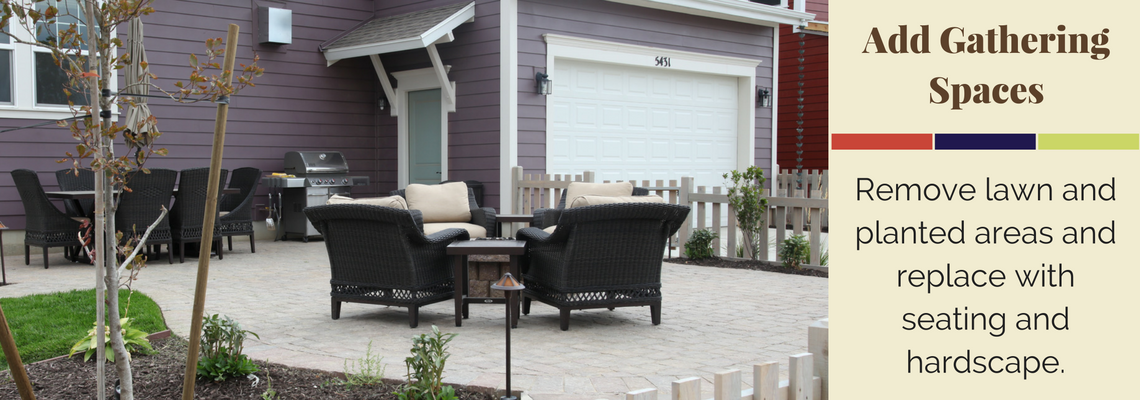
-
The gathering space above, located in a South Jordan rear yard, showcases lovely outdoor dining and seating ideas. Although the pavers used as the surfacing required some up front expense, the homeowners will now enjoy their minimal maintenance for many years to come. Hardscape such as pavers, concrete (stamped or acid stained if you wish) are ideal but are not the only options. Other less costly surface materials, such as gravel or flagstone chip, can be used but the tradeoff is lower performance and a bit more maintenance.
When planning these spaces, don't forget the front yard! Front yard gathering areas add significant curb appeal-- especially for those of us with generic architecture for our homes. You may not have a wrap-around porch but you can use gathering spaces to create a similar vibe as these Sandy homeowners have below. -
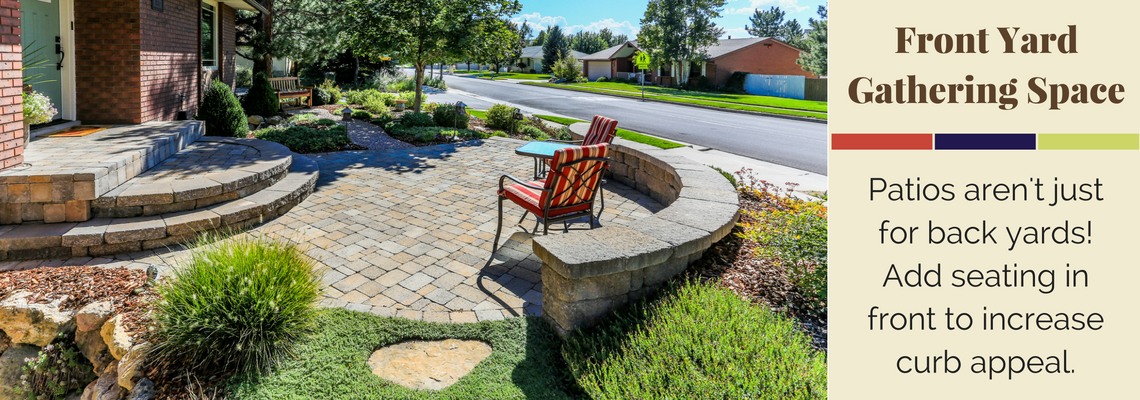
-
Cover with Groundcover
Planting beds will get harder to weed as we get older, so although I’m a perennial flower addict, we’re looking at areas of the yard where we can change out some of those plantings. Simplifying our side yards and perimeter beds with low-maintenance shrubs and groundcover will keep weeds down without much help from us. The key is to shade the soil with foliage and heavy mulch so weed seeds can’t germinate. Fill in between shrubs with low-key groundcovers or very low growing shrubs.
This Salt Lake City landscape uses a very colorful mix of chartreuse-foliaged shrubs and groundcovers to achieve a low-maintenance yet interesting landscape. If you look closely, you'll notice that there's only one blooming plant in the photo (Wild Geranium) yet the effect of this landscape is bold and bright. Spaces between larger plants are filled with groundcover. -

-
Of course, plants with deciduous foliage may require less work MOST of the season but can add a lot of green waste clean up in spring and fall. Reduce this impact by using evergreen groundcovers or low-growing evergreen shrubs.
The home below in Herriman has plenty of green but almost all of it comes from waterwise evergreens. These homeowners could travel for a month in the summer and as long as the plants were watered with drip irrigation once every week or two, the landscape would never show their absence. -

-

-
Drip Irrigation in Planting Beds
It’s best if planting beds are irrigated with drip irrigation so you’re only watering the plants you want. Controlling water controls weeds. Fortunately, our planting beds are already drip irrigated. If you’re still using overhead spray in your planting beds, the next few years will be a great time to switch over. If you can make only one change in your landscape, changing the way you water the planting beds is the most important one to make. -
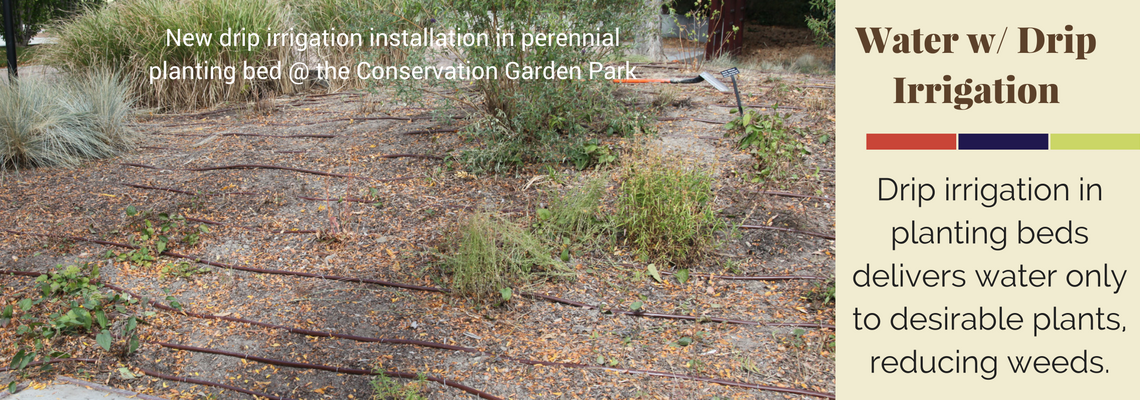
-
We all hope to stay in our homes for long as possible in our retirement years. We all know that preparing for retirement financially is important but preparing our homes and yards is another important aspect that can help us remain independent. Unfortunately, most of us forget about the yard when making retirement plans and by the time we realize the omission, we may be retired with fixed budgets and little ability to make the changes needed. Landscaping our yards with an eye to retirement is something every middle-aged homeowner should consider.
-


